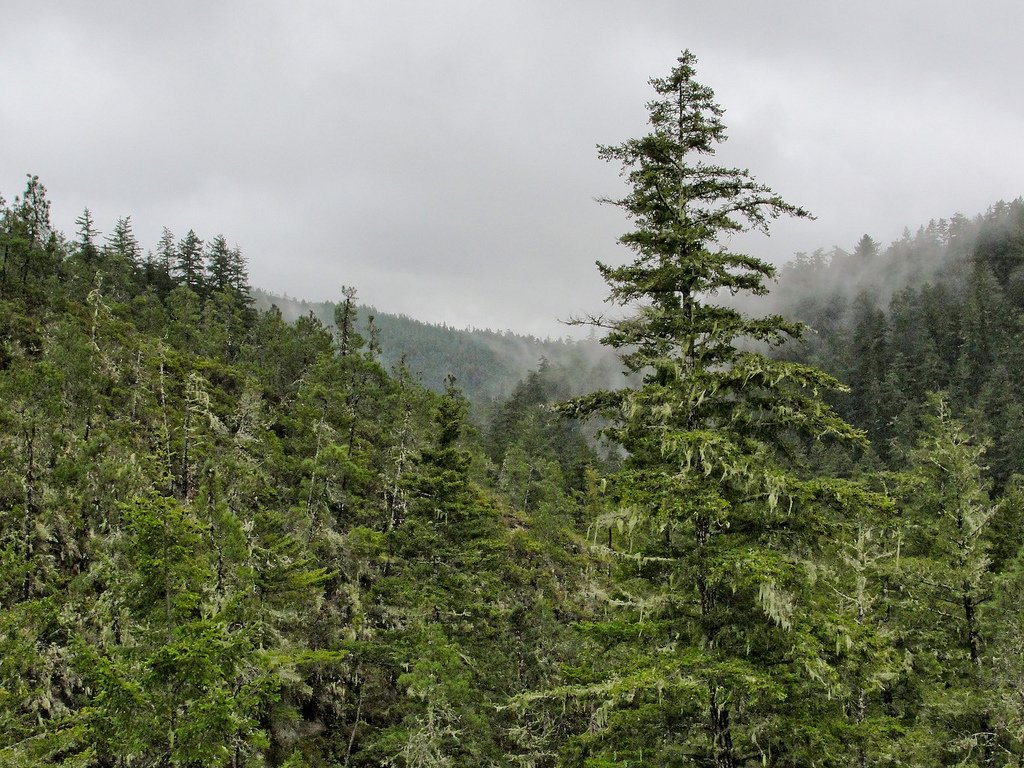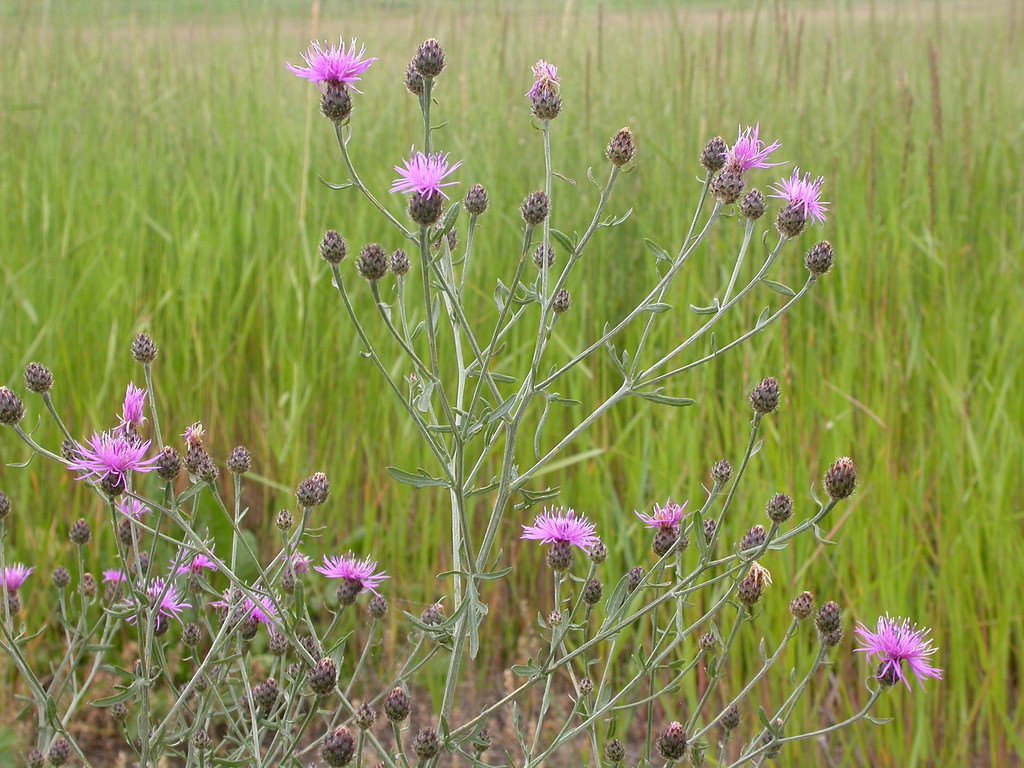PLANTS CAN TALK!!!

Source: PEXELS
PLANTS DON'T HAVE A MOUTH BRUH...
Ok Chad, you're right plants don't have a mouth but it's not like they are talking like you and me but they do actual communication, and not only with members of the same species but with other plants, mushrooms, insects and even birds and mammals (just like you guys talking with your dogs and cats, c'mon guys I know you do), developing relationships of mutual benefit, protection and cooperation and sometimes making enemies. No guys, is not like we'll end like in that awful 2008 movie (The Happening) where plants make people commit suicide... M. Night Shyamalan what were you thinking man...

Source: GIPHY
VOC's are in the air <3
Plant have a many ways of communicating but first lets talk about how they use air as a medium (no, not the ghost kind), to do this they release chemicals that float in the air, theses chemicals are called Volatile Organic Compounds (but we'll call them VOC's because I don't want to type Volatile Organic Compounds everytime we have to talk about Volatile Organic Compounds, so please don't make me type Volatile Organic Compounds in every sentence because Volatile Organic Compounds is really long, lets call Volatile Organic Compounds VOC's shall we? #KTHXBYE). These VOC's are really light molecules so they can float great distances and be recieved by the largest amount of plants possible, this way the messege of the emiter plant spreads and can communicate more effectively. Like a messege in a bottle but instead of the ocean plants use the very air to transport their chemicals letter floating magicaly in the air.
The roots of conversation
Plant and their roots, they use them for everthing, feeding, standing their ground and now we discover thay can communicate with them too. This type of communication through roots doesn't have the same reach as the floating VOC's method but share the same principle, the plants release soluble compound via roots so other nearby plants can detect them. Plants that stretch their roots can explore their surroundings and and even check for dangers reading the chemicals that other plants leave in the soil or even if extreme conditions like heavy winter of a drought are approching. This behaviour is really animal like, plants grow their roots where are nutrients even slowing down when reaching it to absorve them better, find cues of any threat nearby letting know others what is happening and even defend themselves when needed, all of that blindly and using the soil as a tool... That reminds me of someone really cool...

Source: GIPHY
Internet? Amazon? Deepweb? You got nothing on the Wood Wide Web
Yeah guys, Wood Wide Web is a thing, this is how scientist reffer to the growing interconnected network of roots and fungus that exist under the forest and plantations, this happens when fungus grow in filaments around the roots of other plants, that way roots of diferent plants can be linked, and these links can get massive and cover an entire forest, this fungal conection are often called Common Mycilean Networks or CMN's for short (don't worry guys I'm not gonna do it again), these CMN's truly work like the internet, plants connected by this mycorhizal network can exchange information, help each othe to increase their defences and even share nutrients between them. Well, I guess that's it guys, there's nothing we want to do that plants hasn't already done, I bet they even have some kind of cryptocurrency, RootCoin maybe?

Source: Oregon Caves | FLICKR
WELL YEAH, BUT I'VE NEVER SEEN ANY OF THAT HAPPENING...
Ok, if that is what you want Chad, I'll give you some examples, have you mowed the lawn and felt the refreshing smell of fresh-cut grass? Well, that smell in fact is a distress call, a warning sign to other plants and animals that have a relationship with that plant that something is wrong with them perhaps some animal is hurting them or some kind natural phenomenom is stressing them, or maybe THEY. ARE. BEING. EATEN.
Another example of this is the Wild Tobacco Plant, these plants can change pollinators from the night time Hawk Moth to day light hummingbirds when the caterpillars of the Hawk Moth start eating their leaves... What? What are you doing Wild Tobacco Plant? If the larvaes of your pollinator is you main predator YOU ARE GONNA HAVE A BAD TIME.
Or the case of the Broad Bean Plant, these fellow make the most of being in a group, when they are attacked by aphids the stressed plant release a warning call to its neighboring plants in form of VOC's and when this call is received all those plants release anothe VOC's but this time for defence to repeal the hungry hungry aphids raising the defence of the whole group fo plants, that sounds really familiar you know, it's like some kind of herd immunity, plants had being alive since millions of years maybe that strategy works (I'm looking at you anti vaxxers).
Sometimes like in the human internet things get a little nasty, that's the case of the Spotted Knappedweed, that plant tends to be a really agressive towards another plants that aren't of its own kind, these plants release a soluble compounds in the soil through its roots that change its chemical make-up making it toxic and unsuitable for other plants that attempt to grow nearby the Spotted Knappedweed, they annihilate their competition via chemical warfare leaving nothing behind but their own... That's not right Spotted Knappedweed, that's racist.
But not everything is Call of Rooties: Plants Warfare, roots are often use in more friendly fashion like the example of the Sea Rocket Plant, this wholesome beach dweller spreads his roots rapidly to compete with other plants like any other does, but when it detects a sibiling plant the growth in its roots decreases giving and sharing space and nutrients with its pairs, that way these plants can grow acompanied by it family and loved one, that's great and all but lets hope this doesn't become a mafia or something shady, keep up with the good vibes friendly neighbor Sea Rocket Plant.
But in the Wood Wide Web is where everything gets complex, here the CMN's transform the forest soil into the internet but for plants, through these mycorrhizal networks the plants of almost the entire forest are conected, the fungus that links the roots make a never ending exchange of nutrients with the plants, but not only that, they help transport information and nutrients to other plants even if they're not of the same species. But, one of the most amazing plants that implements this process is the Douglas Fir Tree, these not only exchange their nutrients like in some kind of Root Market, but when have younger Douglas Fir Trees nearby the older ones donate some of their share to help them grow better and stronger, for sure there's nothing like the love of leafy and tall mother.

Source: Miguel Vieira | FLICKR
THAT MAKES NO SENSE BRUH, PLANT DON'T EVE HAVE A BRAIN...
As much as it pains me to this yes, you're right Chad, plants have no brain (but neither do you so what's the problem?) and we really don't know how plants perform this kind of complex behaviours without a nervous system like we do, but scientists like Richard Karban, Zdenka Babikova, Susan Dudley, Suzanne Simard and a whole forest of researchers have spend years proving that this paterns exist in the labs and in the natural wolrd too. So, next time you are walking in your garden or in a park pay a little attention to you surroundings maybe some plants are tryng to communicate with you and chill out a bit and teach you how to live the life of plants.

Source: GIPHY
P.D. But if you feel like you've being watched the perhaps you're right THEY. ARE. ALWAYS WATCHING.

Source: GIPHY
Leave me a comment below
Other Sources
Can plants talk to each other? - Richard Karban
How trees talk to each other | Suzanne Simard
What Plants Talk About | WUCF
Plant Talk | The Scientist Magazine
Plants talk to each other using an internet of fungus | BBC | Earth
THANKS FOR READING!







